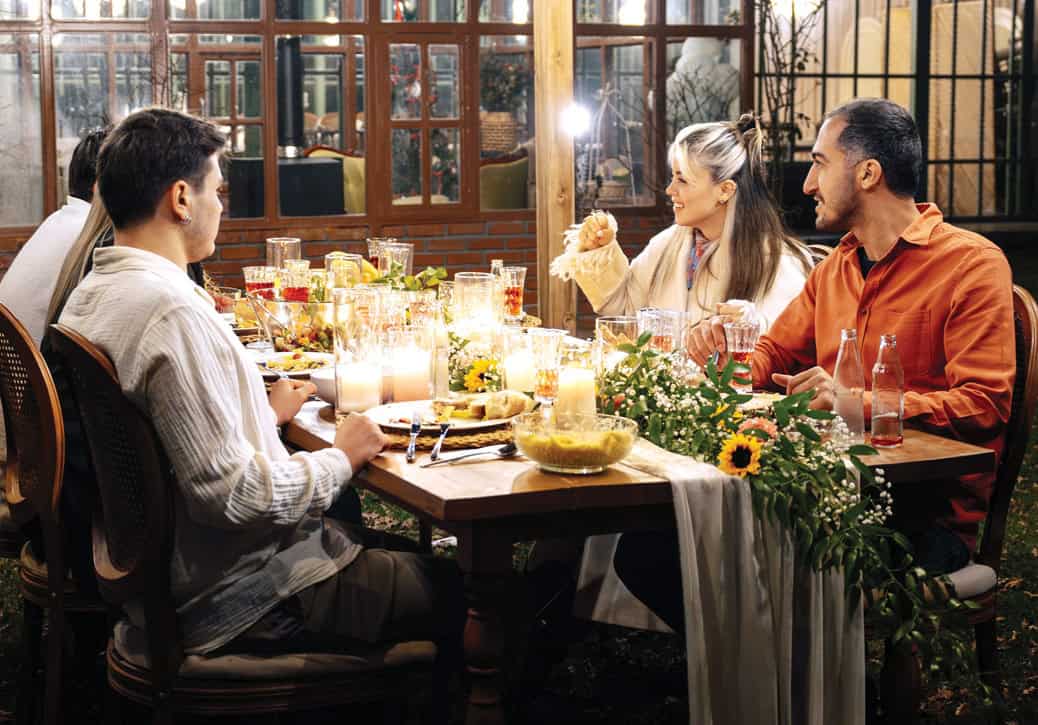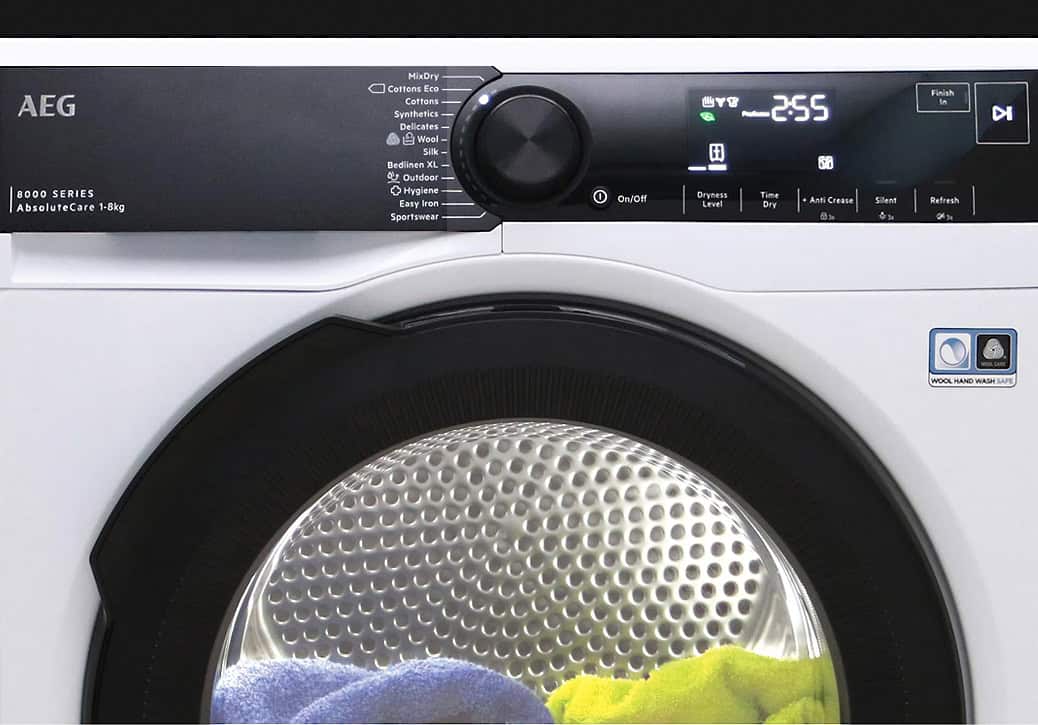We’re living longer. Today, medical and geoscience promise new therapies that work “inside us” on a molecular level to provide tissue repair-ability. There’s talk of energy “currencies” and stem-cell injections to deliver regenerative boosts and enhance our longevity. But, how “well” we live and the products we choose to decorate and fill our homes also make a major contribution to our overall health.
Experts track healthspan instead of lifespan and the World Health Organization now uses a measure called Health Adjusted Life Expectancy (HALE) for that purpose. Recent HALE calculations suggest we live up to 20 per cent of our lives in a seriously unhealthy state.
What then can be done to improve our HALE? Of course, better care and treatment protocols have an important role. But given the fact that we are now spending 90 per cent of our time indoors, it goes without saying that architecture, design and the ways we use our living spaces have a more significant impact on our overall well-being than ever before.
Consider the healthy living factors related to the quality of our indoor air, the paints, fabrics and carpets in our homes and the colours, decorations and other materials we use. Do our candles release harmful gases and sediments? What about air fresheners, scented laundry detergents and dryer sheets, which often contain hazardous air pollutants some of which are considered carcinogenic?
Will what we choose stimulate or calm our brains? Are we designing for comfortable living and seamless accessibility or just for the latest trend? It shouldn’t be an either or. Good design and planning can minimize falls and accidents in the home. The way we build or renovate can thoughtfully improve the risk of asthma or allergies and increase air-quality ratings (our homes are often five times more polluted than the outside, with the worst ratings from toxic chemicals in children’s bedrooms and toy areas).
Better access to daylight improves mental health, boosts productivity and can even enhance children’s learning. A well-designed kitchen with proper ventilation, an energy-efficient fridge that keeps food super-fresh to maximize nutrient preservation and a steam oven for healthier cooking may just tip the scales when it comes to creating a healthier you.
Of course, the adoption of eco-friendly healthy habits that save the Earth should always be at the top of our minds. Slowing disease is not always possible, but paying closer attention to the choices we’re making is key.
Think of it this way: Every dollar we spend on our homes is also an investment in the healthspan of our families, and a strong vote for how we want our lives and our world to be.
Caroline Tapp-McDougall,
Editor-in-Chief








